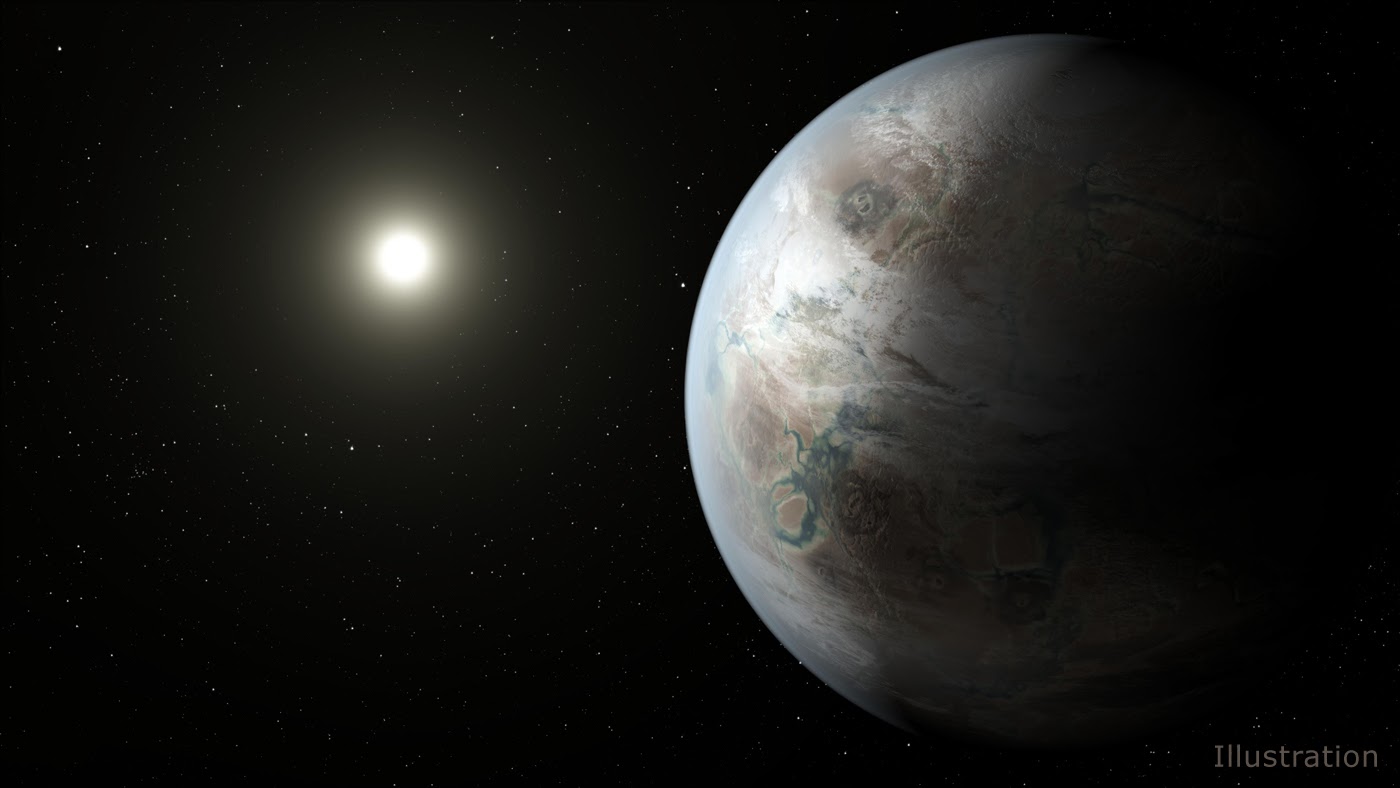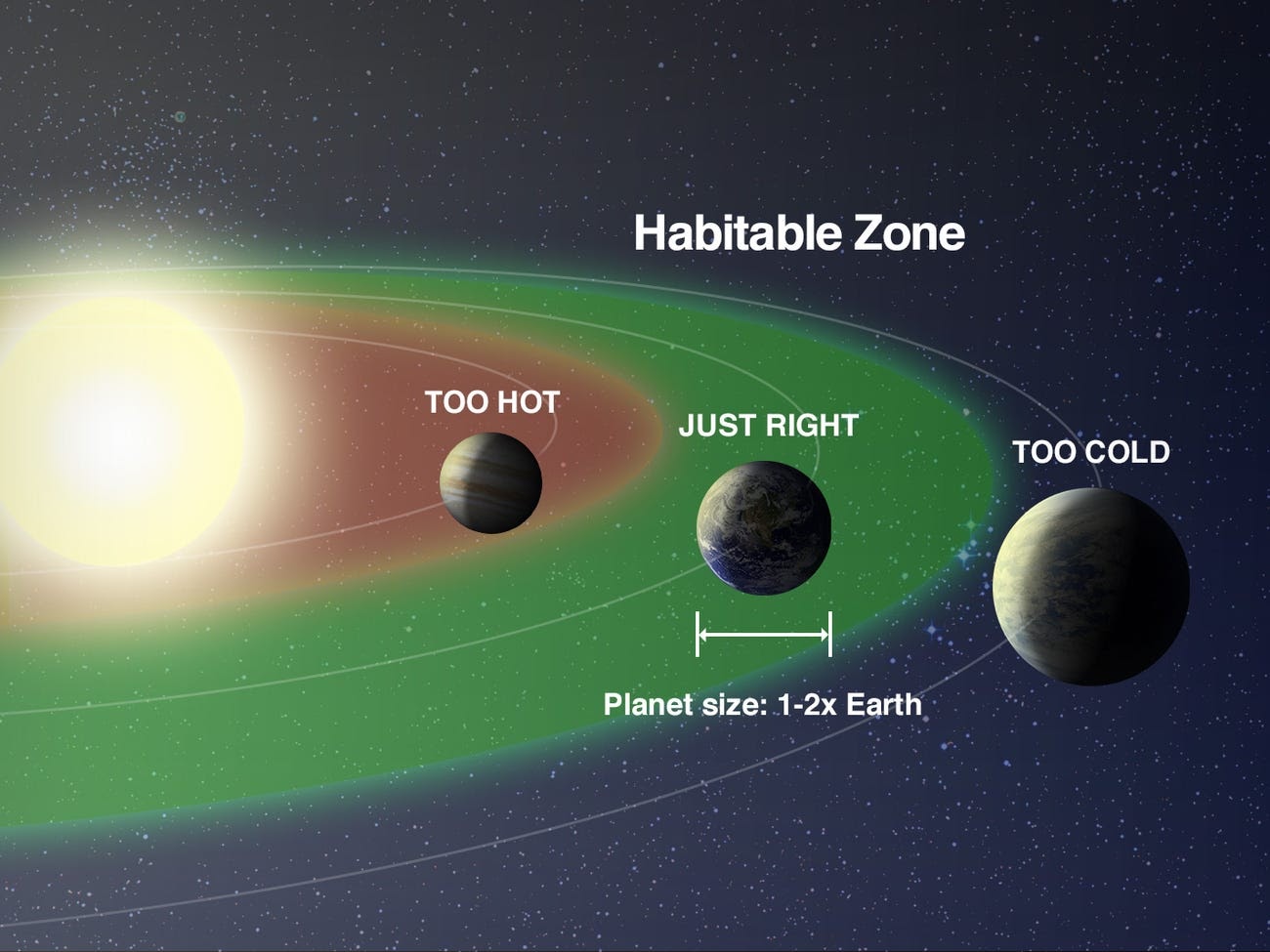The discovery of exoplanets
Tania Firouzabady. 05/25/2021

On Jan. 9, 1992, scientists discovered the first exoplanet, or rather, two exoplanets orbiting the pulsar PSR 1257+12. The finding paved the path for the discovery of over 4,000 new exoplanets in the next few decades.
Exoplanets are planets that orbit stars outside the solar system. While the majority orbit other stars, some are free-floating, or rogue, planets. Measuring their size and mass allows astronomers to determine their compositions, which range from solid rock to gas. These properties are remarkably similar to those of regular planets.
The elements that make up exoplanets are also much like those that comprise planets in our solar system, though current technology is not yet advanced enough to directly determine the specific compositions. Instead, scientists rely on the elemental abundance in nearby stars. Specifically, they use a method called stellar spectroscopy, where they observe the interactions between light and the elements contained within a star’s upper layers.
After the initial discovery of exoplanets by radio astronomers Aleksander Wolszczan and Dale Frail, NASA has used the Kepler Space Telescope and various techniques to discover thousands more. One such method is the wobble, or radial velocity, method, which, according to NASA, “measures changes in a star’s ‘radial velocity.’ The wavelengths of starlight are alternatively squeezed and stretched as a star moves slightly closer, then slightly farther away.” This method was used to discover an exoplanet about half the size of Jupiter in 1995. The gas giant moved in a very fast four-day orbit around its parent star. This irregular wobbling movement was detected by telescopes on Earth, prompting the development of the wobble method.
While the process of exoplanet hunting may have been slow at first, the Kepler telescope made it much faster. NASA describes how “Kepler settled into an Earth-trailing orbit, then fixed its gaze on a small patch of sky… Within that small patch were 150,000 stars.” This discovery was vital for the development of the transit method, which allows astronomers to determine a planet’s orbital size and the star’s mass.
Currently, there are four classifications for exoplanets: Gas giant, super-Earth, Neptunian and Terrestrial. Gas giants are large planets primarily composed of gas, much like the name suggests. Super-Earths are mainly composed of rock but are much larger than Earth. Neptunian exoplanets are about the size of the planet Neptune and are also mostly composed of gas. Lastly, Terrestrial exoplanets are rocky planets similar to Earth, Mars, Mercury and Venus.
One of the most promising features of exoplanets is that some may contain water or ice. As water is a key aspect of life, its presence could support the ability for life to exist on exoplanets. To better understand this, it’s important to discuss the concept of habitability, the quality of supporting life. In order to be habitable, a planet must have specific features, including temperature, chemical makeup, radiation level, oxygen and water (or an equivalent life-supporting substance).

The search for habitable planets is an important one, and recent developments are helping scientists move a step closer. According to American Scientist, astrophysicist Natalie Hinkel built “a publicly available database, called the Hypatia Catalog, to help researchers explore this deeper aspect of habitability.” Hinkel and her colleagues have recently modeled the TRAPPIST-1 system. Within the system, three of the planets are located in what is called a “habitable zone”, or region around a star that is the right temperature to allow liquid water to exist. Hinkel explains, “as the Hypatia Catalogue grows, it should become an increasingly valuable scientific resource.”
One recent exoplanet development includes the discovery of a potentially habitable planet resembling Earth. This was announced on April 15, 2020, by NASA and the SETI Institute. Called Kepler-1649c, the planet is 300 light-years away from Earth and almost the same size. Not only does it orbit in the habitable zone of its star, but its temperatures are hypothesized to be very similar to Earth’s, further supporting its potential to support life.
Another crucial development was announced on the same day: Proxima Centauri b, an even larger exoplanet, was spotted orbiting a star nearest to the sun. As stated by EarthSky, “What’s puzzling is that the possible planet appears significantly brighter than it should. If the brightness was entirely from the light reflected off the planet itself, then the planet would be about five times larger than Jupiter. But its estimated mass is more similar to Neptune’s.” This unexpected finding has led scientists to postulate that Proxima Centauri b has a ring system, which would greatly increase its size but have a negligible effect on its mass.
Both Kepler-1649c and Proxima Centauri b are evidence that there is still much to discover in the universe, and exoplanets may be a key piece to the puzzle. While a lot of progress has been made with regards to exoplanet discovery, there are still infinitely many questions left unanswered. Perhaps scientists will even discover an exoplanet harboring life.
Cover Photo: (NASA)
